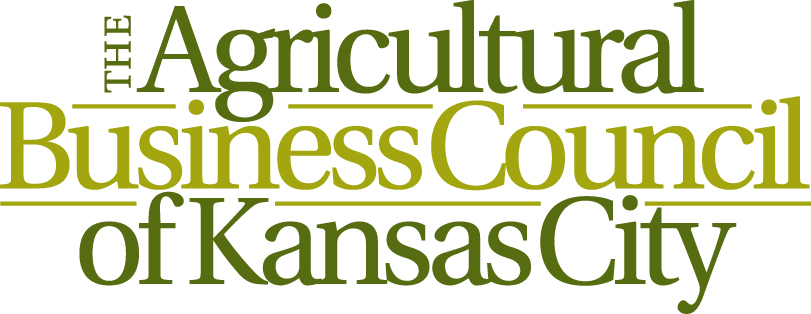Washington Update at Council’s December Luncheon
/Mike Seyfert
Kansas State University alum Mike Seyfert, President and CEO of the National Grain and Feed Association (NGFA), addressed Ag Business Council members during December’s annual meeting and December luncheon at the Grand Street Café. As Agriculture closely watches the Presidential transition, Seyfert provided his insights on what Council members can expect from Washington in 2025.
Seyfert noted that NGFA enjoyed a positive working relationship with the previous Trump administration and is looking forward to partnering with his new administration over the next four years to strengthen the rural economy, and “put U.S. agriculture in a position to flourish for many years to come.” But agriculture is a tough business, and he commented that House Speaker Mike Johnson could have a rough time. “From passage of a new Farm Bill to transportation investments and opening of new markets for NGFA member companies, there is a lot of work to do,” said Seyfert. That sentiment was reiterated at the 53rd Country Elevator Conference held in Kansas City this past week, sponsored by the NGFA. The U.S. grain and feed industry will have several issues to navigate in 2025, including a difficult rural economy, shifting political realities and potential extreme weather conditions.
The situation, however, is not without opportunity. Lower wheat export volumes from the E.U. and Russia could create windfalls for the U.S. and Canada. Emerging biofuel demand in the E.U., Mexico, India and Vietnam could open new markets for the U.S. Deregulation, an extension of tax cuts, renewed interest in agriculture production along with increased domestic energy production constitute opportunities for rural America.
Shortly before his visit with the Kansas City Agricultural Business Council, Seyfert explained that USDA’s forecast for growth in grain production and steady export share of grain demand has the potential to provide opportunities for rail freight growth. He said U.S. grain production has nearly doubled over the past four decades, and wheat, corn and soybean yields are expected to increase from 21 billion bushels in 2023 to 23 billion bushels by 2033. Grain exports will expand from 4.5 billion bushels currently to 5.5 billion by 2023.


